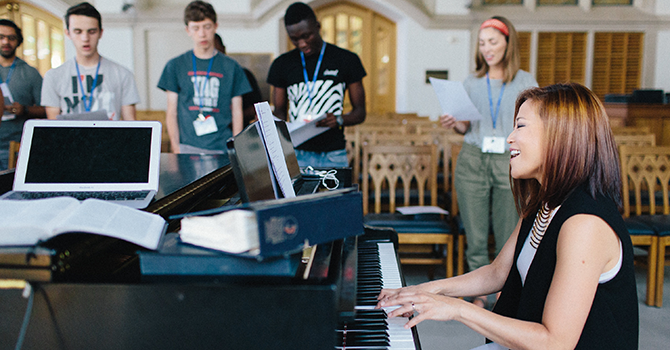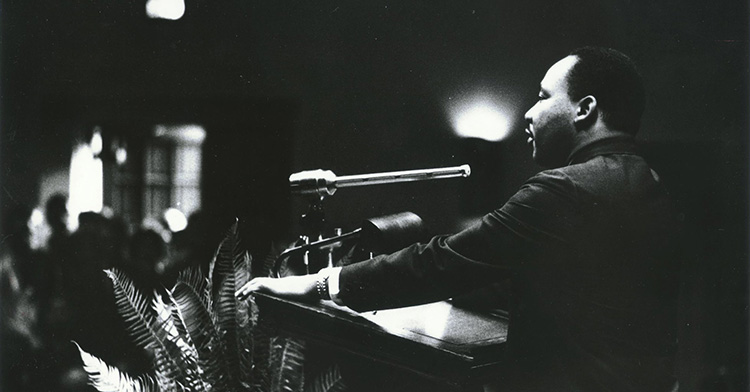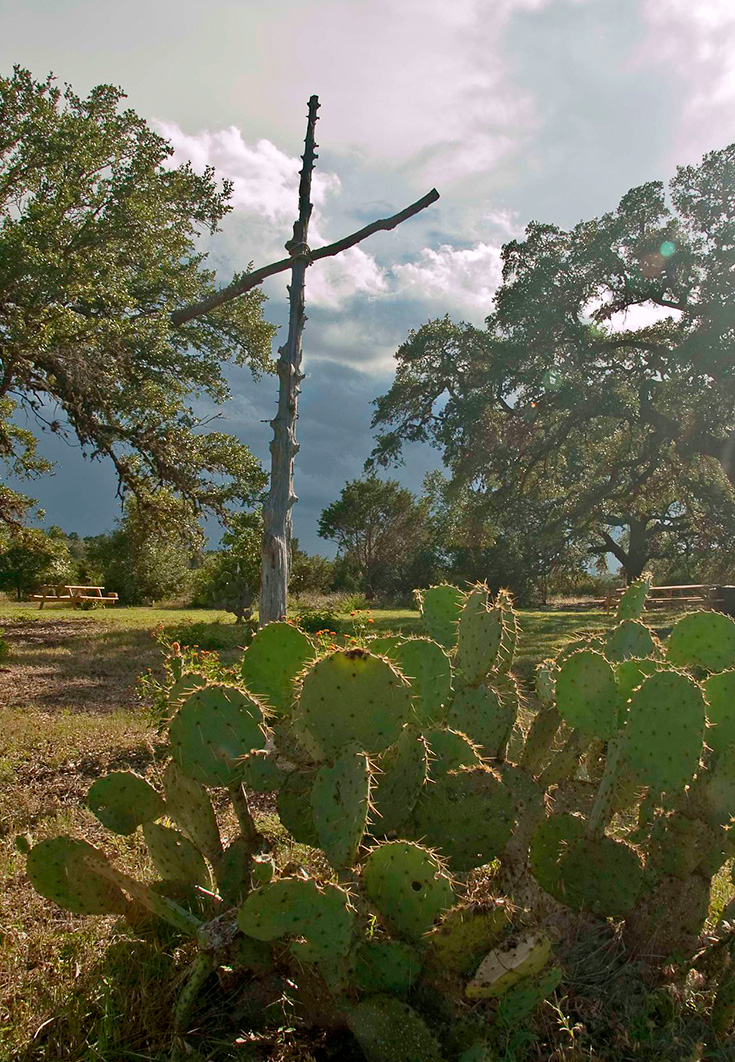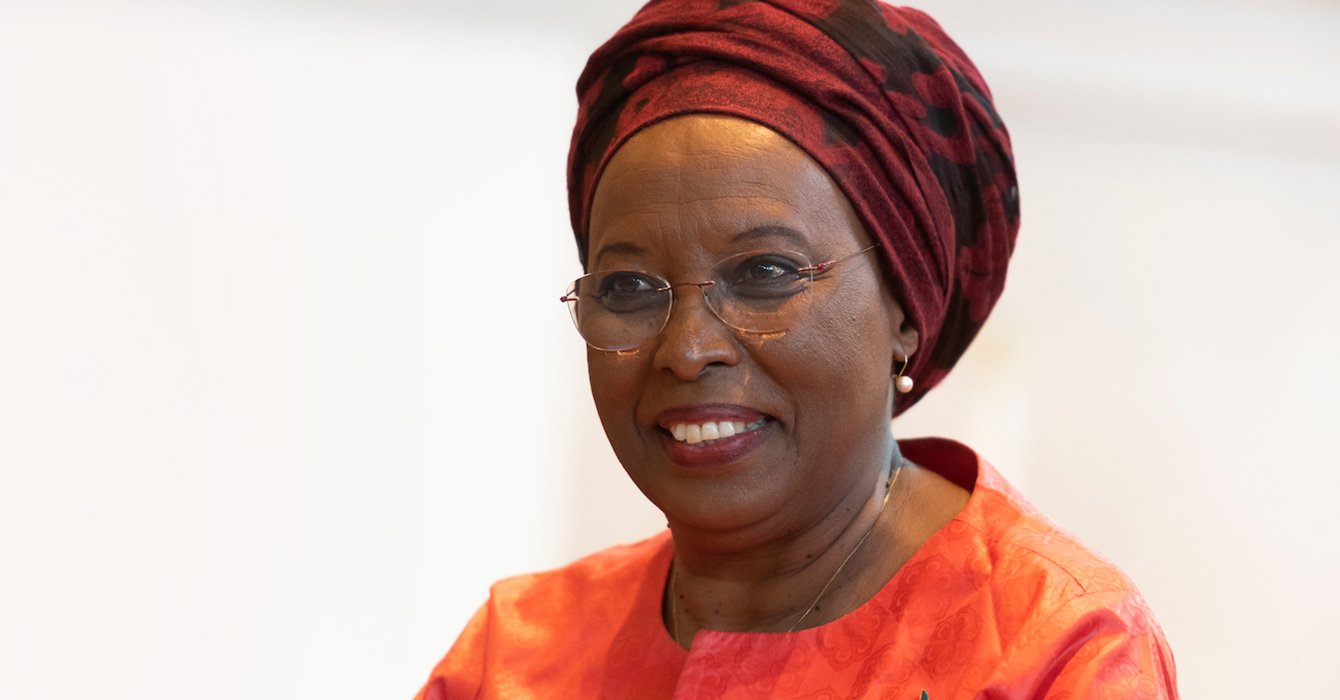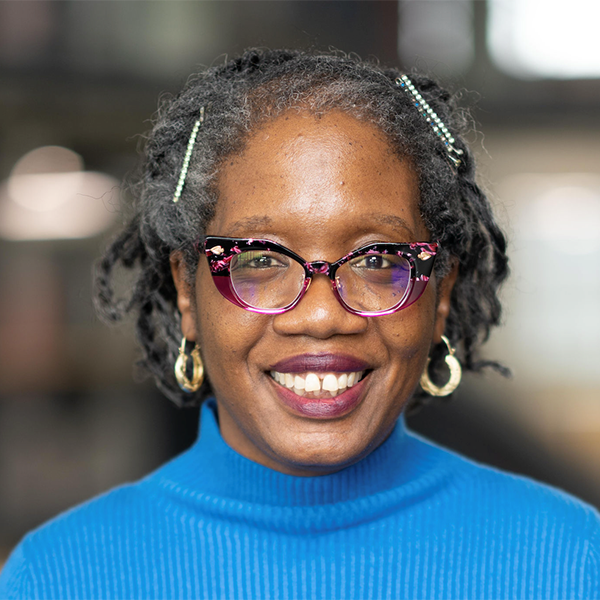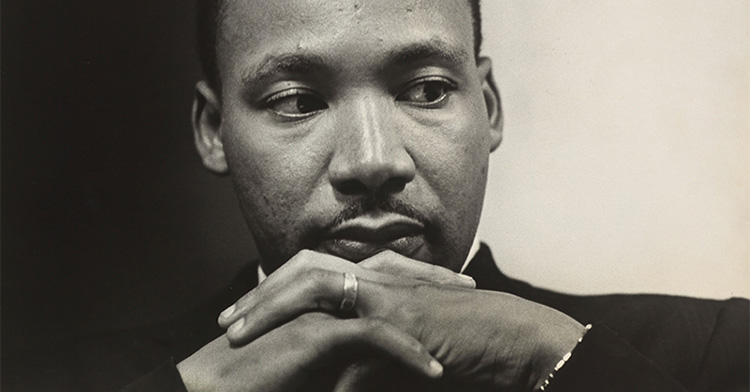One of the main ways that church leaders try to encourage racial and ethnic diversity is to diversify their worship.
It seems logical, because having a diversity of people in front of the congregation encourages diverse groups of people to see themselves in the church. Build it like Revelation 7 or Acts 2, the logic goes, and a diverse congregation will come. Incorporate languages like Spanish and Swahili; plan a musical buffet of gospel, rock, salsa and traditional organ hymns -- and anticipate the sound of desegregation and radical hospitality.
But it doesn’t work. Prioritizing diverse worship by hiring worship leaders of color without first implementing monumental shifts in openness to different cultures and multiple theological understandings can have the opposite effect.
Without changing the culture of a church, hiring worship leaders of color is simply tokenism, a false appearance of diversity. In the worst-case scenario, it’s a coerced performance of racial stereotypes. If churches truly desire to become multicultural, much more foundational shifts are required beyond simply hiring people.
To expect worship leaders of color to change the demographics of a church -- to place them on the front line without first having done the difficult, necessary work within the congregation -- is to set them up for burnout and failure.
My town of Durham, North Carolina, was affected by the 2008 recession like most cities in the United States, but we rebounded with aggressive economic and cultural growth campaigns.
From 2010 to 2019, some 40,000 new people flooded into our affordable city, and with the many new residents came a wave of pastors with a vision to build diverse and robust urban congregations.
In 2009-10 alone, I was talking at one time with more than 15 church planters in our city. All had a vision of solving the problem of racial segregation in churches in an ever-changing society.
To pursue this vision, some set out to hire diverse staff. I myself was a person of color hired by various churches and organizations, both locally and beyond -- small church plants and megachurches, national Christian conferences and small campus retreats, evangelical and mainline congregations. I was hired as a church musician, music director, liturgist, worship leader and creative director to help realize the vision of a diverse worshipping body.
In planning worship, I frantically searched for all sorts of songs to fold into the liturgy. I prioritized instrumentalists and vocalists of color to serve and volunteer on the worship team and instituted an egalitarian process of building a song repertoire so everyone would feel represented. I rushed to arrange songs in different genres and styles -- in which, often, my volunteer musicians had neither the experience nor talent to pull off. I practiced my Spanish pronunciation until my accent was acceptable.
In many cases, I did this work on a part-time salary. At the end of each Sunday, I was exhausted, stressed out and ever-closer to burnout. The many different styles of music confused my musicians, and some refused to sing in other languages.
In the end, as church plants became more-established churches, the congregations still skewed majority white, with a few people of color. As the only person of color on staff, I felt defeated, embarrassed and humiliated at my inability to carry out the vision. The white staff members’ responses ranged from, “Well, we gave it a try, and we can’t force these things” to, “Can we do more songs in different languages? What else can you do?”
Studies have shown that multicultural churches in fact perpetuate whiteness, the exact opposite of what they are seeking to do. In order to retain white members, interracial churches tend to preserve a core religio-cultural preference that is white, simply adding in a few people of color who are willing to forgo their own cultural preferences.
Gerardo Marti, in his seminal book “Worship Across the Racial Divide,” argues that a person of color hired in a worship role of a majority-culture church is also implicitly hired to be the cultural change agent. There is an assumption that worship leaders of color are experts when it comes to racial identities, racial power dynamics and racial history. This pressure is unjust and unfair.
Reading Marti’s work, I recognized what I was observing in each one of my worship settings: although the worship team was extremely diverse, the congregation was the opposite.
But as I felt the truth of these words in my exhausted body, I came to the conclusion that the experiment of creating diverse worship for a diverse congregation would require a comprehensive uprooting in order to change. To make a diverse congregation, one needs more than diverse worship; one needs an entire shift of culture, accepting diverse ways of relationship and theology.
Starting with leadership, there are areas in which multiple styles of meetings, conflict resolution and discussion can be explored and implemented.
For example, if I come in late for a rehearsal or meeting, my instinct is to slip in as quietly as possible, careful not to disrupt the flow. This reflects my cultural identity not only as an Asian but also as a woman and a Southerner. Others arriving late might greet each person by name, with a hug, breaking in to the proceedings to make their presence known. This may reflect different cultural values on greeting, hospitality and community. If we do not have discussions about cultural values, we may find ourselves glaring at each other from across the room, rejecting diversity because of assumptions about what leadership looks like.
But we need more than cultural conversations in churches. In order to create diverse congregations, we also have to embrace diverse theologies. I approach God very differently than my African American peers or my white peers do. I even approach God differently than my Hmong and Chinese peers do, although society would group us as a monolith. A significant step for diversity in churches should be an embrace of different theological understandings of God. This conversation is crucial to moving forward in multicultural churches.
I am sure that many church leaders have genuine desire in their hearts to foster desegregation and diverse worship. But we must not do so by placing worship leaders of color on the front line, to be exhausted and torn down by white congregations unwilling to change more than just their worship.

